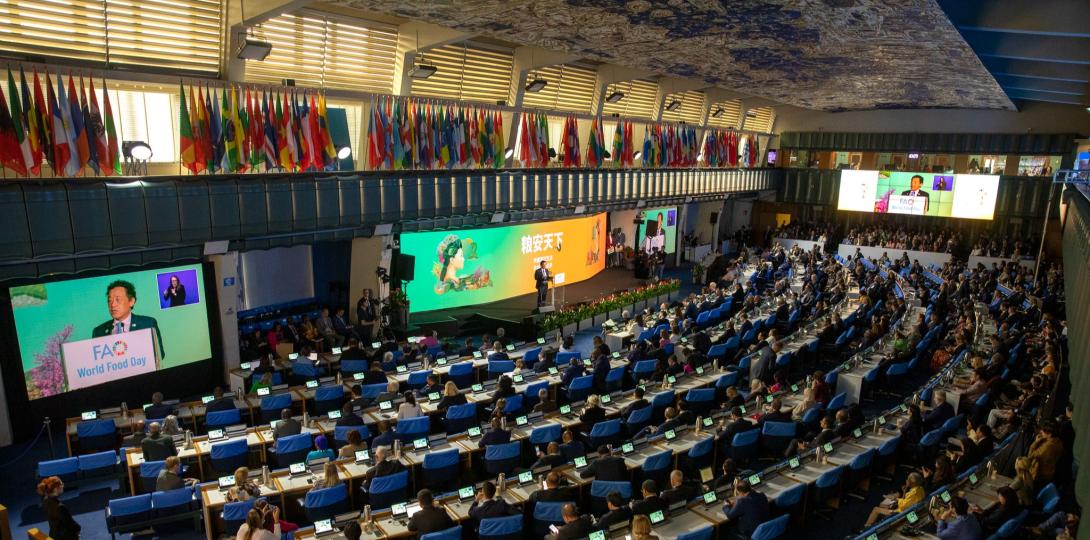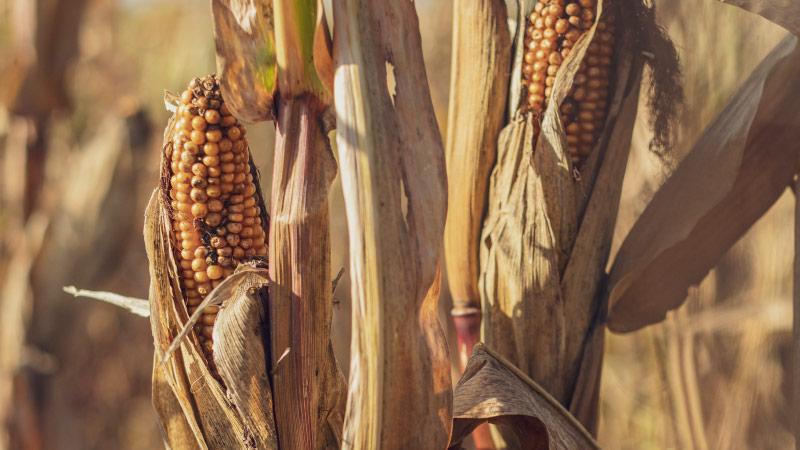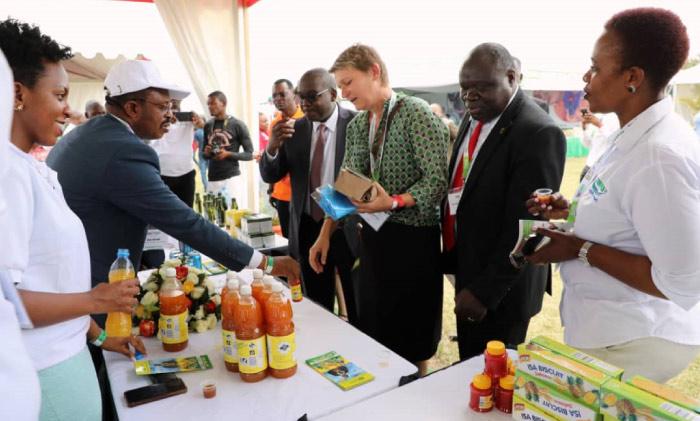As much of the Greater Horn of Africa braces for warmer-than-usual temperatures and reduced rainfall, the IGAD Climate Prediction and Applications Centre (ICPAC) forecasts significantly higher-than-average rainfall in Rwanda, Burundi, and eastern Tanzania during the week of 13–20 May 2025.
According to ICPAC's latest regional weather outlook, these three areas stand out as exceptions in an otherwise drier-than-average week across most of the region. Rainfall in these zones is expected to exceed seasonal norms, with some locations in eastern Tanzania likely experiencing exceptional rainfall surpassing the 90th percentile – meaning rainfall totals higher than 90% of historical records for this time of year.
Other regions expected to receive moderate rainfall (50–200 mm) include central to western South Sudan, central Kenya, parts of central Somalia, western Ethiopia, and eastern Tanzania. However, light rainfall (less than 50 mm) is forecast over most of Uganda, southern Ethiopia, southern Sudan, and southern South Sudan.
The rainfall distribution comes with stark anomalies. More than usual rainfall is anticipated over most parts of Rwanda, Burundi, eastern Tanzania, and parts of central and northern South Sudan. Meanwhile, a notable rainfall deficit is projected over most of Uganda, southeastern South Sudan, western Kenya, and much of Somalia and southern Ethiopia – raising concerns for water availability and agricultural productivity in those regions.
This divergence in rainfall patterns may strain already vulnerable farming systems, especially in areas dependent on seasonal rains for crop planting and water replenishment.
At the same time, much of the Greater Horn of Africa will experience warmer-than-usual temperatures, with anomalies exceeding 2.5°C above average in northern and eastern Sudan, northeastern Ethiopia, Djibouti, and Eritrea. High temperatures exceeding 32°C are forecast for most of Sudan, western Eritrea, and northeastern Ethiopia.
These extreme temperatures could increase heat stress risks across a broad swathe of the region, including South Sudan, Eritrea, Somalia, eastern Kenya, and the Afar region of Ethiopia. Prolonged heat stress not only affects human health but also puts additional pressure on livestock, agriculture, and energy needs.
The combination of excess rainfall in localized areas and persistent heat and dryness elsewhere underscores the need for region-wide climate preparedness and early warning systems. Flash floods may become a risk in areas expecting exceptional rainfall, while heatwaves and water scarcity may intensify in drier zones.



